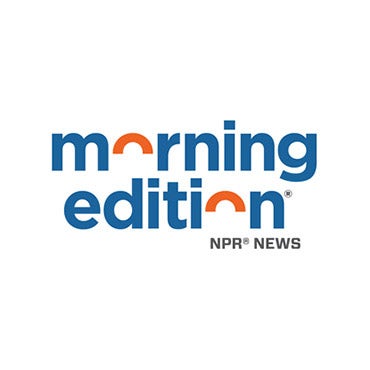Tracking TV Attacks: not so easy to follow the money
Mitt Romney has suspended attack ads against Rick Santorum like the one above while Santorum is off the campaign trail because of his daughter’s hospitaliation.
But there’s no doubt we’ll be flooded with attack ads between now and November – ads in the presidential race and in dozens of House and Senate races.
We know too little about who’s putting those ads up, where they’re airing, and who’s paying for them. But there are two important efforts afoot to get more of that information into the public domain.
Television stations are required to maintain a “public inspection file” that shows who’s bought time for political ads and what they’re spending, but the only way to see them is to go in person to the TV stations and ask for them.
As a political writer, I’ve been aware of this for more than 25 years, but I haven’t made more than a handful of visits to stations, because it isn’t worth the effort. In the Philadelphia market you’d have to go to a half a dozen stations to get a complete picture, and things can change in a day or two.
The obvious way to make this information accessible – duh – is to require the stations to put it online, and there’s a Federal Communications Comission proposal to do just this. It’s opposed by broadcasters, who’ve made a fortune on political advertising.
This issue is explored beautifully in this piece by Steve Waldman in the Columbia Journalism Review, who points out that that when the U.S. Supreme Court opened the floodgates to political money in the Citizens United decision, the majority said vigorous disclosure was critical in containing the influence of special interests.
You also hear Waldman discuss the issue on WNYC’s On The Media.
The FCC is scheduled to vote on the proposal April 27th. The posting requirements would be phased in over time.
Meanwhile the investigative non-profit ProPublica has begun a project to recruit journalists and citizens to inspect stations’ files and share the information in a national database – a good interim step. To volunteer or find out more, visit the ProPublica website here.
One of the interesting aspects of this issue is that you can actually find out a lot more about attack ad spending by Super-PAC’s and other independent groups right now than you can about spending by the candidates themselves.
Independent expenditures in federal elections have to be reported promptly to the Federal Election Commission, and that material is quickly sorted and posted on Open Secrets, a terrific website maintained by the Center for Responsive Politics.
There you can find out which independent group is spending what to attack whom, but you can’t get the detailed information about which markets they’re advertising in that would be available in the broadcasters public files if they were truly accessible.
And those prompt FEC reporting requirements don’t apply to the candidate committees themselves, so the TV stations records would be a great source of current information about what’s really happening in a campaign.
In my view, disclosure isn’t a substitute for real limits on contributions and spending, but it’s better than nothing. And right now nothing is a pretty good description of what we get from broadcasters who are making a fortune from the nasty give-and-take of our imperfect democracy.
WHYY is your source for fact-based, in-depth journalism and information. As a nonprofit organization, we rely on financial support from readers like you. Please give today.

